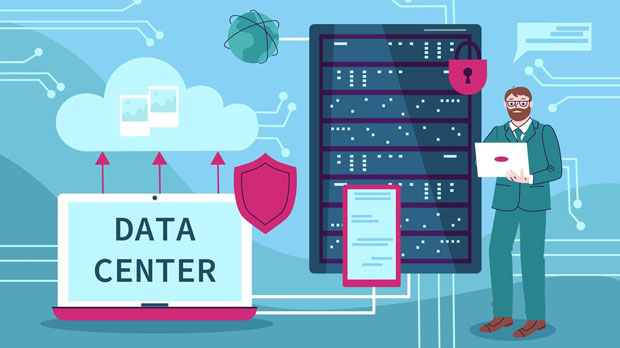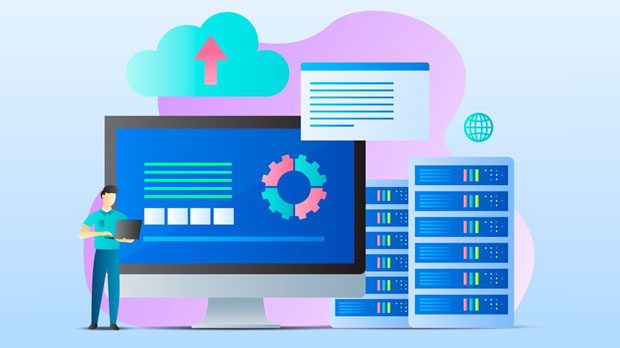sock s5 proxies have become increasingly popular in peer-to-peer (P2P) applications due to their ability to offer enhanced privacy and security. Among the various types of proxies available, PYPROXY and Dichvusocksr have emerged as two common options. Understanding the performance differences between these proxies, especially in the context of P2P applications, is essential for users who prioritize anonymity, speed, and efficiency. This article delves into the characteristics of both proxies, comparing their strengths and weaknesses, while evaluating how they perform in P2P environments. Understanding Socks5 Proxies in P2P ApplicationsBefore diving into the comparison between PyProxy and Dichvusocksr, it is important to understand what Socks5 proxies are and how they function in P2P applications. Socks5, or "Socket Secure 5," is a protocol used to route network traffic through a proxy server, allowing users to mask their original IP address. Unlike HTTP or HTTPS proxies, Socks5 does not distinguish between different types of traffic, meaning it can be used for a wide range of internet applications, including P2P services.In P2P applications, Socks5 proxies help maintain user anonymity by concealing the real IP addresses of peers. This makes it difficult for third parties, including hackers and even internet service providers (ISPs), to track users’ online activities. Additionally, Socks5 proxies provide a stable and uninterrupted connection, which is crucial in P2P networks where data transfer and real-time communication are key.PyProxy vs Dichvusocksr: Key Features and DifferencesWhile both PyProxy and Dichvusocksr offer socks5 proxy services, there are notable differences between the two in terms of speed, reliability, and compatibility with P2P applications. Let’s explore these aspects in more detail.1. Speed and LatencySpeed is one of the most crucial factors when selecting a proxy for P2P applications. Slow speeds can significantly impact the user experience, especially during file sharing or streaming activities in P2P networks. PyProxy has been recognized for its fast connection speeds, with optimized routes that reduce latency. Users have reported minimal buffering and faster downloads, which is particularly beneficial for high-volume P2P activities such as torrenting or large-scale file sharing.Dichvusocksr, on the other hand, has a mixed reputation in terms of speed. While it does offer decent speeds for smaller, less data-intensive P2P applications, its performance tends to degrade during peak traffic times or in high-demand scenarios. Users may experience slower download and upload speeds compared to PyProxy, which could be a drawback for P2P activities that require consistent, high-speed performance.2. Reliability and UptimeReliability is a key factor in evaluating proxy services, especially in P2P networks where long periods of connection are typical. PyProxy offers excellent reliability, with minimal downtime reported by users. This makes it an ideal choice for P2P users who need consistent performance over extended periods, such as when seeding torrents or participating in online games.Dichvusocksr, in contrast, has had issues with reliability, particularly during high-traffic periods. Its servers are sometimes overloaded, leading to frequent disconnections or slow reconnections. While it still works for general internet browsing, its performance can be inconsistent when used for more demanding P2P applications.3. Anonymity and SecurityAnonymity and security are major considerations for P2P users, as these networks can sometimes expose individuals to privacy risks. Both PyProxy and Dichvusocksr use Socks5 to route traffic through an intermediary server, providing a layer of anonymity. However, there are differences in their security features.PyProxy stands out for its robust encryption methods, which add an extra layer of protection for users. This ensures that not only are users’ IP addresses hidden, but their online activities are also shielded from prying eyes. Additionally, PyProxy is known for its commitment to no-logs policies, meaning that it does not track or store users’ activity data.Dichvusocksr, while offering basic anonymity through its Socks5 protocol, has been criticized for its limited security measures. Some users have reported concerns about the proxy’s logging practices, which could potentially compromise user privacy. Therefore, for users who prioritize security and anonymity in P2P applications, PyProxy is generally considered a safer option.4. Compatibility with P2P ApplicationsThe compatibility of a proxy with P2P applications is another critical factor in determining which proxy to use. Both PyProxy and Dichvusocksr support a wide range of P2P applications, including torrent clients like BitTorrent and uTorrent, as well as other decentralized file-sharing services.PyProxy is widely compatible with most P2P tools and is optimized for use with various protocols. Users have reported seamless integration with major torrent clients and minimal configuration requirements, making it user-friendly and suitable for both beginners and experienced P2P enthusiasts.Dichvusocksr, while compatible with several P2P applications, has some compatibility issues with less common or newer P2P tools. Users have also reported occasional difficulties in configuring the proxy settings, especially in more advanced setups. This can create barriers for users who are looking for a smooth and hassle-free experience with P2P software.5. Pricing and AccessibilityPrice is always a consideration when choosing a proxy service, particularly for users who require high-quality performance for P2P applications. PyProxy offers a variety of pricing plans that cater to different levels of usage, from casual users to heavy P2P consumers. While it is generally more expensive than Dichvusocksr, the added value in terms of speed, security, and reliability may justify the higher cost for many users.Dichvusocksr, on the other hand, is more affordable, making it an attractive option for users with budget constraints. However, the lower price point may come at the cost of performance and security, as previously discussed. For users who are willing to trade some features for a more economical solution, Dichvusocksr could be a viable option.Conclusion: Which Proxy Performs Better in P2P Applications?In conclusion, both PyProxy and Dichvusocksr offer viable Socks5 proxy solutions for P2P applications, but they cater to different types of users. PyProxy excels in speed, reliability, security, and compatibility, making it the better choice for those who demand top-notch performance in P2P environments. Its higher price is justified by its robust features and reliability, which are essential for uninterrupted P2P activities.Dichvusocksr, while more affordable, falls short in terms of performance during high-demand situations. It may still be suitable for less data-intensive P2P applications, but users who prioritize speed and security may find it lacking in these areas.Ultimately, the choice between PyProxy and Dichvusocksr will depend on the specific needs and budget of the user. For those seeking a high-performance proxy that delivers optimal results in P2P applications, PyProxy stands out as the superior option.
Sep 19, 2025



































































